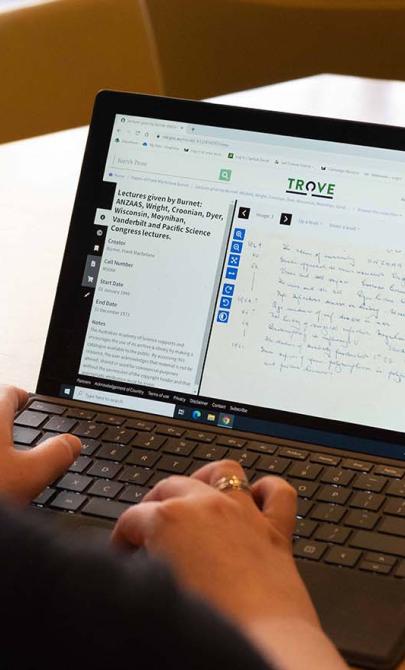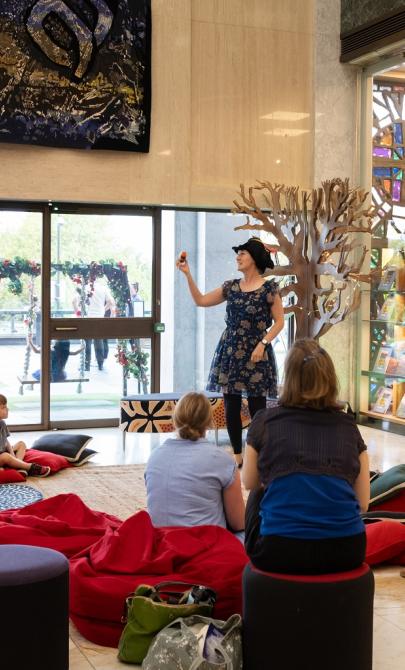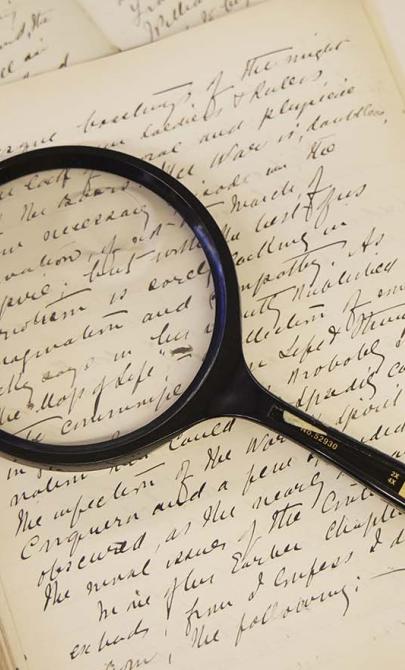1975: Then and now
About this module
Using an inquiry-based approach, this module develops students' skills as historians through engaging historical sources. Featuring sources from the National Library's collections, the resource caters for flexible approaches to suit diverse classroom contexts.
This Digital Classroom module draws on items that were part of the Library’s exhibition 1975: Living in the Seventies.
Copyright for teachers
You can download all collection materials in this resource for education purposes. For more information, go to copyright for teachers.
Topics in this module
This module covers three key topics.
Each topic includes an introduction to key concepts, links to key resources in our collection and a series of learning activities that cater for a variety of classroom contexts.
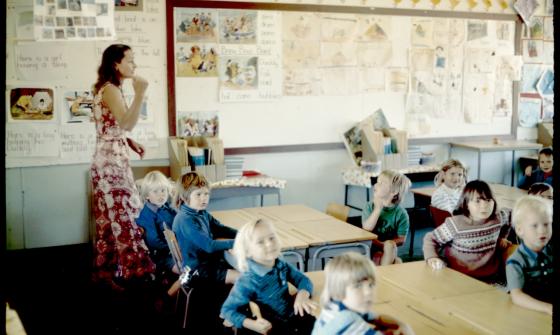
Wolfgang Sievers, Teacher and small children in a classroom at Tom Price, Western Australia, 1975, nla.gov.au/nla.obj-160837401
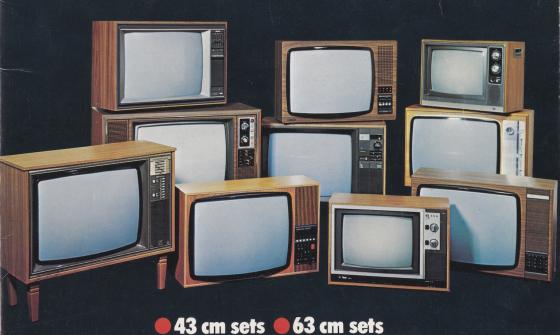
Australian Consumers' Association, Colour TV: what to look for when buying a set, 1977, nla.gov.au/nla.cat-vn1285282
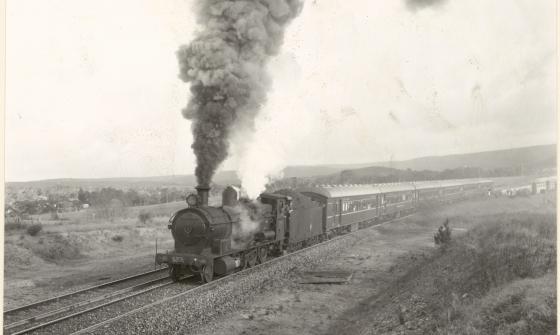
Ian Mitchell & Australian News and Information Bureau, Steam locomotive hauling a passenger train on the Southern Highlands of New South Wales, 1970, nla.gov.au/nla.obj-137739465
Introductory activities
The year 1975 was 50 years ago! Do you know anyone 50 years or older? This could be a family member, a trusted friend or even a neighbour.

(L-R): Bruce Howard, Maria’s Café, Geraldton, Western Australia, ca. 1975, nla.obj-147718610; John McKinnon and Australian Information Service, Women on the march wave their placards at the International Women’s Day march, Melbourne, 1975, nla.obj-137045864; Wolfgang Sievers, Children on a swing at Tom Price, Western Australia, 1975, nla.obj-160837526; Australian Information Service, Gough Whitlam speaking on the steps of Parliament House, Canberra, 11 November 1975, nla.obj-147274349.
(L-R): Bruce Howard, Maria’s Café, Geraldton, Western Australia, ca. 1975, nla.obj-147718610; John McKinnon and Australian Information Service, Women on the march wave their placards at the International Women’s Day march, Melbourne, 1975, nla.obj-137045864; Wolfgang Sievers, Children on a swing at Tom Price, Western Australia, 1975, nla.obj-160837526; Australian Information Service, Gough Whitlam speaking on the steps of Parliament House, Canberra, 11 November 1975, nla.obj-147274349.
Activity 1: Living in the seventies
As a class, discuss or draw your ideas about:
- What you think school looked like
- What games children played
- What kind of music they listened to
- What style clothes they wore
- What technology was used
Concluding activities
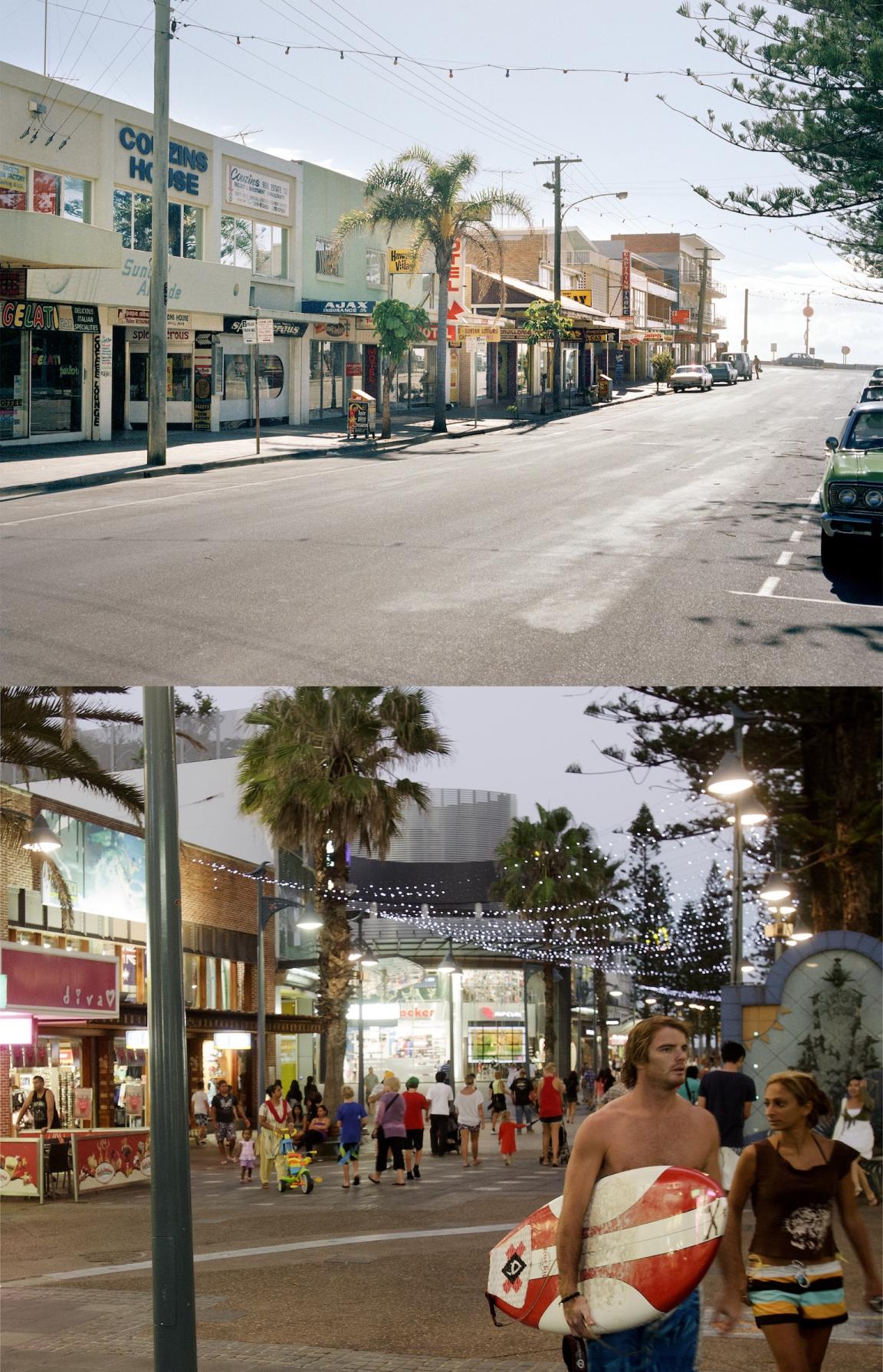
John Gollings, Before and after views of Cavill Avenue, Surfers Paradise, Queensland, 1973 and 2013, nla.gov.au/nla.obj-998259078
John Gollings, Before and after views of Cavill Avenue, Surfers Paradise, Queensland, 1973 and 2013, nla.gov.au/nla.obj-998259078
Activity 2: Spot the difference!
Photographer John Gollings took this photo at the same spot, 40 years apart. Encourage students in groups to circle, label and mark what differences they notice between the two photos.
Discuss:
- Step inside – How would each street look, sound, smell and feel?
- How has Surfers Paradise changed since 1973?
- What impact has changing transport technology had on this town?
- How have the buildings changed? Are any still the same?
- How has the use of the street changed?
- How has communication technology influenced tourism?
- If you had lived in this town in 1973 and seen the changes today, how would you react?
Can you find this location on Google Maps? What has changed between 2013 and today? What has stayed the same?
Curriculum links
This resource has been developed with specific reference to content descriptions in Year 1, 2, and 3 Australian Curriculum HASS.
- continuity and change between aspects of their daily lives and their parents’ and grandparents’ childhoods (AC9HS1K02)
- how technological developments changed people’s lives at home, and in the ways they worked, travelled and communicated (AC9HS2K02)
- causes and effects of changes to the local community, and how people who may be from diverse backgrounds have contributed to these changes (AC9HS3K01)
